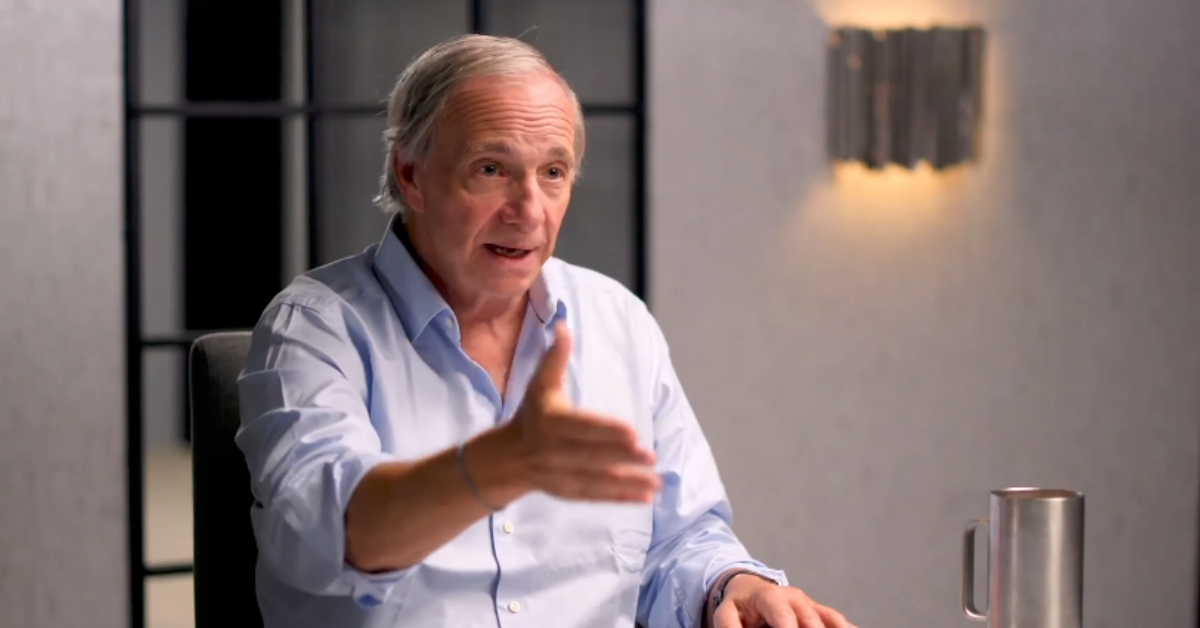Black marketers in advertising—why diversity leads to increased ROI and authenticity
Benefits include a pipeline for new talent and a halo effect among other demographic groups.

Blacks make up 7.2% of the marketing industry workforce, which is up from 6.6% in 2021—but below the 12.1% Black representation in the U.S. population. Given that consumer marketing needs to appeal to the entire country, more Black marketers are needed.
Studies show that more than 70% of Black consumers—greater than any segment—think that too many brands haven’t done their research when incorporating diversity (race, ethnicity and sexual identity) in their advertising.
Indeed, more than 50% of almost every major demographic group feels this way. This means billions of dollars in advertising are going to waste, in effect translating to marketers paying to be ignored—or even canceled. Hiring more marketers from diverse backgrounds, especially Black people, is a first step in rectifying this problem. Marketing teams need those who have the lived experience of being Black in America. The result would be more authentic marketing that should lead to an increase in business performance.
Marketing teams need look no further than our education system for the benefits that would emerge from hiring more Black marketers. Studies noted by both the Brookings Institution and The Washington Post show that having Black teachers improves long-term academic outcomes for Black students—and has a positive impact on non-Black students as well. Black teachers often advocate for Black students to succeed in their classes in ways that non-Black teachers do not; Black students excel when exposed to such instruction and leadership.
The same holds true for marketing: Even one Black marketing professional in the room can be an advocate for more diverse representation and inclusivity in ways that non-Black professionals cannot. This isn’t to ignore the allyship from non-Black industry professionals, but they don’t inherently know where to start.
To explore that point further, consider the disruption factor. Given their knowledge and background, Black teachers often disrupt harmful rhetoric in classrooms. They are more likely to tie social justice issues to class conversation that benefit not only Black students but the entire student population.
Similarly, Black marketing professionals can disrupt or challenge the advertising status quo in ways that might not even be visible to others. This can serve as a teachable moment for all marketing team members, who can then grow their own knowledge and leadership in improving diversity in ads. Data and insights are great, but when coupled with in-culture experiences, authenticity, resonance and the “realness” of executions is taken to the next level.
Hiring more Black marketing professionals means “walking the talk”—becoming a place where other professionals of color will want to work. Black employees can demonstrate that the organization is diverse and can become a pipeline to driving more inclusive hiring. Black professionals become a magnet for attracting more candidates of color, for whom they can serve as advocates, mentors and coaches.
But there is so much more than the impact on Black consumers; there is also a halo effect. Allyship for Black people (and other underserved groups) runs deep across many demographics. These segments will reward brands representing Black people authentically in their advertising. Younger consumers of every race, other multicultural consumers and LGBTQ+ consumers are especially likely to respond positively to brands showing support for Black people.
Brands taking advantage of the halo effect thereby benefit from an increase in the purchase intent of non-Black consumers. From a business perspective, this means far higher ROI on campaigns focused on the Black experience because these campaigns will engage a significant number of non-Black consumers as well.
Finally, take note of the ripple effect that often occurs when diversity is improved. If a marketing organization strives to make advancements in representation, then it’s likely that such improvements will take place across an entire corporation or company. One department can be the spearhead.
When marketing organizations have diverse teams and measurable diversity commitments, the impact is felt across the entire value chain. Agencies and vendors will seek to match or exceed with improving their hiring of diverse professionals themselves. In turn, that enriches the authenticity of the representation both in front and behind the cameras and across the value chain—including product, influencer, messaging and casting.

 JaneWalter
JaneWalter 
































